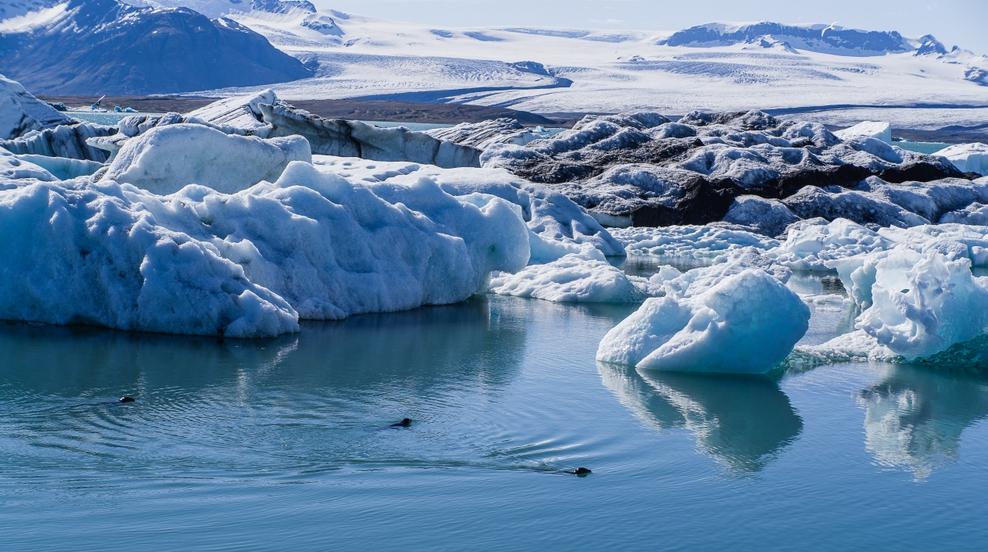Climate change affects all regions of the world. The ice of the polar ice caps is melting and the sea level is rising. Extreme weather events and increasing rainfall are more common in some regions, while extreme heat waves and droughts are increasing in other regions.
These effects are expected to worsen in the coming decades.
Melting ice and rising sea levels
Water expands when heated. At the same time, the polar ice caps and glaciers are melting as a result of global warming.
These changes lead to an increase in sea level, which leads to flooding and erosion in coastal and lowland regions.
Extreme weather events, shift in precipitation patterns
Heavy rains and other extreme weather events are becoming more common. This can lead to flooding and deterioration of water quality, but can also affect the availability of water resources in some regions.
Consequences for Europe
- In southern and central Europe, heat waves, forest fires and droughts are more common.
- Drought is spreading in the Mediterranean, making the region even more vulnerable to droughts and forest fires.
- In Northern Europe, on the other hand, the climate is significantly wetter and winter floods could become the norm.
- The urban areas, where four out of five Europeans now live, suffer from heat waves, floods or an increase in sea level, but are often unable to adapt to climate change.

